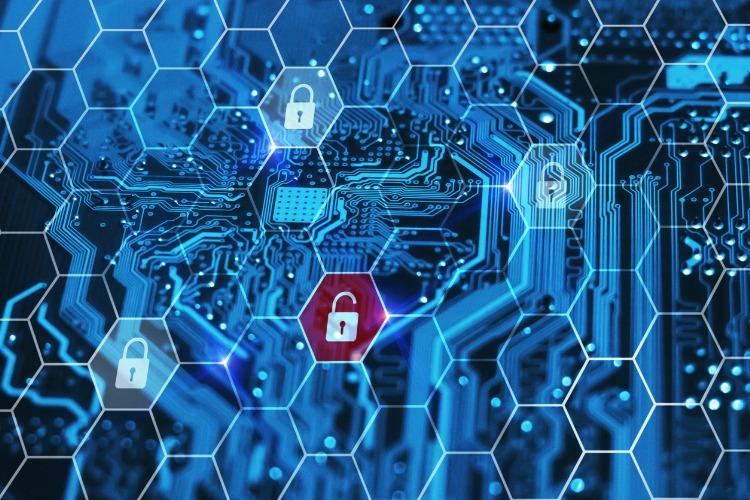How AI is Helping Cybercriminals and What You Can Do for Your Protection
Artificial intelligence is an all-encompassing tool that leverages computer systems to mimic intelligent actions like solving problems and learning. Due to its general nature, AI can aid almost any endeavor. Sadly, this includes leveraging it for malicious purposes.
How do cybercrooks use AI to aid their activities? Can you do anything about it? We explore answers to both!
What AI-assisted Attacks Are Cybercrooks Using?
While it’s experiencing a meteoric rise, AI is still in its infancy. Even so, criminals have already figured out various ways to use it to their advantage. And that’s just with openly available tools like ChatGPT. More specialized and sophisticated AI tools are sure to follow.
Automated malware creation
Malware refers to any ill-meaning code – like viruses, Trojans, & ransomware – that can compromise or hijack one’s system. Writing malware requires programming skills and underlying knowledge of the targeted systems. AI simplifies the process by providing ready-made code with just a few basic inputs.
This lowers the entry barrier, allowing novice hackers to create and distribute a greater volume of malware. Experienced crooks also benefit from AI since they can create more sophisticated malware faster.
Data analysis
Data breaches are the most common and devastating form of cyberattack targeting businesses of all sizes. A breach may expose terabytes of data with varying sensitivity and value. It takes a lot of time to make sense of such data, so the perps often sell it in bulk on the dark web for smaller yet quicker gain.
AI thrives on large data sets. Teaching it to recognize patterns and look for specific data types makes sifting through it faster and more profitable. It can also be more devastating for the affected company. AI can sniff out personal information, trade secrets, or intellectual property a human might miss.
Social engineering
Exploiting human nature is among the most effective cyberattacks. Phishing has an overwhelming presence, but other attacks targeting humans through social media, text, etc., are also on the rise.
AI's role here is particularly insidious. It can analyze one's social media presence or correspondence stolen in previous attacks to mimic someone convincingly. This lets criminals create sophisticated emails that target specific high-value targets and have them transfer money or hand over sensitive info. Such messages are free from the mistakes that help identify common phishing attacks and may look genuine enough to fool even vigilant recipients.
Deepfakes
AI has rapidly expanded on numerous fronts, including image & video creation along with voice synthesis. It’s gotten to the point where crooks can create convincing footage and audio of anyone with only a few pictures or voice recordings to go on.
This opens up a host of issues. They may use such deepfake creations to scam loved ones into handing over money or threaten to leak indecent or compromising footage unless the victim meets their demands.
Advanced DDoS attacks
DDoS attacks happen when lots of hijacked computers simultaneously request access to a website. They overwhelm the server, causing the site to slow down or become inaccessible. AI can coordinate larger botnets, upping the scale and intensity of such attacks.
How Can You Protect Yourself?
AI is now a potent tool in criminals' belts, but cybersecurity professionals also use it to overcome the threat. A new generation of antimalware is emerging that can detect malicious code and develop countermeasures in real-time. Similarly, the latest anti-phishing services are getting better at recognizing AI's influence in scam email creation.
Ordinary users might not have access to the most advanced tools. Even so, conventional cybersecurity wisdom still goes a long way. Start with keeping your antimalware and operating system updated.
AI has become good at cracking common passwords. A long, complex password is still the best first defense against such tactics. Pair such passwords with two-factor authentication for additional account security.
The less info there is about yourself online, the harder it will be for AI to target you or use that info to trick others. Mind what you share on social media. Also, learn how to recognize & avoid social engineering attempts.
Safeguarding important files is also a must. The best way to do so is through secure cloud storage. Any information you keep in the cloud gets encrypted. Cloud storage theft is unlikely, but encryption ensures data remains protected from unauthorized access even in that event. Plus, not keeping local copies means there’s nothing to steal if a device gets compromised.
Conclusion
We’re living in thrilling times in terms of AI development. It’s fascinating and a bit scary to watch it become ever more proficient on what seems like a daily basis. AI is here to stay, and it’s impossible to predict its long-term effects on the cybersecurity landscape. Keeping up with the trends and embracing new cybersecurity guidelines accordingly will help you stay safe.

